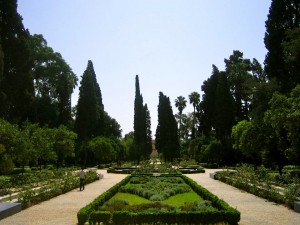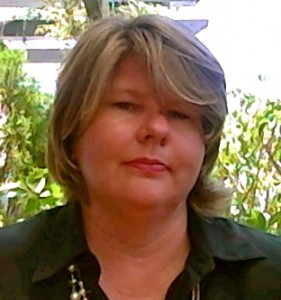The Medina Gardens of Fes, Your Morocco Tour Guide
October 25th, 2012
The Medina Gardens of Fes make for the perfect Fes Tour to compliment this UNESCO World Heritage Site’s ancient Mosques, Monuments and Zaouias. The Bab Bou Jeloud is the main entry point to Fes el Bali. This area divided the cities of Fes Jedid and Fes el Bali and was developed into three palace gardens by…



